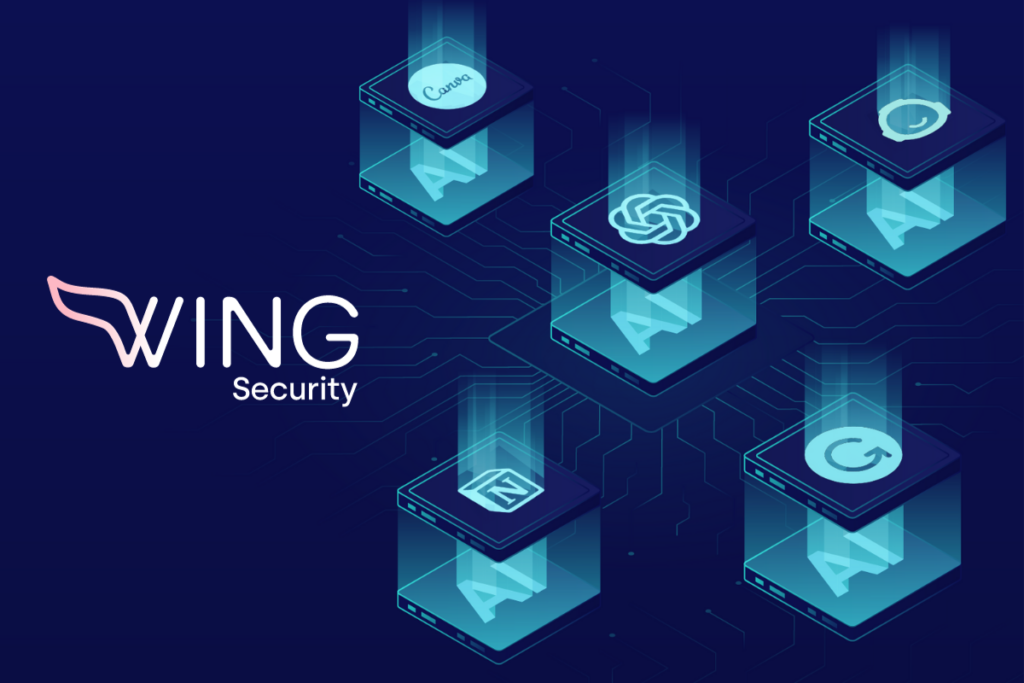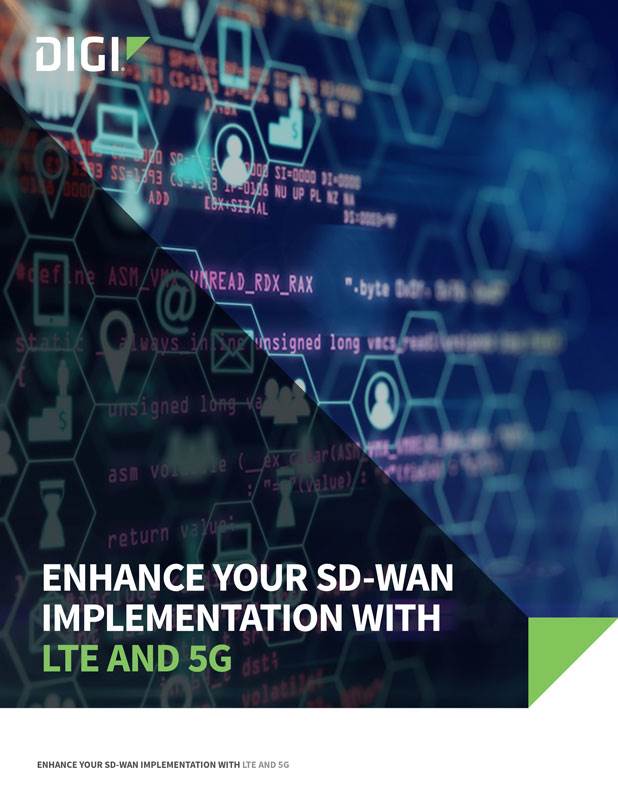Endpoint Detection Response Solution

In the ever-evolving landscape of cybersecurity, organizations face an increasingly complex array of threats. Traditional security measures often focus on perimeter defense, aiming to prevent malicious actors from gaining initial access to a network. However, the reality is that breaches are often inevitable. Once an attacker has bypassed these defenses, they can move freely within a network, exploiting vulnerabilities and stealing sensitive information. This is where Endpoint Detection and Response (EDR) solutions come into play, offering a critical layer of defense to detect, investigate, and mitigate threats that have evaded frontline security measures.
Understanding Endpoint Detection and Response
EDR solutions are designed to monitor endpoint devices (such as laptops, desktops, mobile devices, and servers) for suspicious activity, providing real-time visibility into potential threats. Unlike traditional antivirus software, which relies on signature-based detection methods, EDR solutions utilize advanced behavioral analysis and machine learning algorithms to identify unknown threats. This approach enables organizations to detect and respond to sophisticated attacks, including fileless malware, living-off-the-land tactics (LOTL), and other advanced persistent threats (APTs).
Key Components of EDR Solutions
Endpoint Monitoring: Continuous monitoring of endpoint devices to collect data on processes, system calls, network activity, and other relevant metrics. This data is then analyzed to identify potential security incidents.
Threat Detection: Utilizing advanced analytics and machine learning to identify patterns of behavior that may indicate malicious activity. This can include the detection of known threats, as well as the identification of unknown, zero-day threats through behavioral analysis.
Incident Response: Upon detection of a threat, EDR solutions provide tools and capabilities to respond to the incident. This can include containment (isolating affected endpoints to prevent the spread of malware), eradication (removing the malware from the endpoint), recovery (restoring systems and data), and post-incident activities (analyzing the incident to improve future detection and response).
Forensic Analysis: The ability to perform deep forensic analysis on endpoint data to understand the scope, impact, and tactics, techniques, and procedures (TTPs) used by attackers. This information is critical for improving defenses and for compliance and regulatory purposes.
Benefits of Implementing EDR Solutions
Enhanced Visibility: EDR solutions provide comprehensive visibility into endpoint activity, allowing organizations to detect threats that may have evaded traditional security controls.
Proactive Defense: By leveraging advanced analytics and machine learning, EDR solutions can identify and mitigate threats before they cause significant harm.
Compliance and Regulatory Requirements: Many regulatory frameworks require organizations to implement robust endpoint security measures. EDR solutions can help organizations meet these requirements and maintain compliance.
Cost Savings: Early detection and response to threats can significantly reduce the cost of a breach. The average cost of a data breach can be mitigated by effective incident response strategies facilitated by EDR solutions.
Choosing the Right EDR Solution
Selecting an effective EDR solution involves several key considerations:
Detection Capabilities: The solution should be able to detect a wide range of threats, including unknown and sophisticated attacks.
Response Capabilities: Look for solutions that provide automated response capabilities to quickly contain and mitigate threats.
Integration: Consider how well the EDR solution integrates with existing security tools and systems, such as SIEM (Security Information and Event Management) systems and SOAR (Security Orchestration, Automation, and Response) solutions.
Scalability and Performance: The solution should be able to scale with your organization and not significantly impact endpoint performance.
Support and Services: Evaluate the level of support and services provided by the vendor, including training, documentation, and incident response assistance.
Implementing EDR Solutions Effectively
Effective implementation of an EDR solution requires careful planning, execution, and ongoing maintenance:
Pilot and Testing: Begin with a pilot project to test the EDR solution in a controlled environment before deploying it organization-wide.
Tuning: Fine-tune the solution’s detection and response settings to minimize false positives and optimize threat detection.
Training: Ensure that security teams are properly trained on the EDR solution to maximize its effectiveness.
Continuous Monitoring: Regularly monitor and analyze endpoint data to stay ahead of evolving threats.
Integration with Incident Response Plans: Ensure that the EDR solution is fully integrated into the organization’s incident response plans and playbooks.
Conclusion
Endpoint Detection and Response solutions are a critical component of a modern cybersecurity strategy, providing organizations with the tools needed to detect, investigate, and respond to threats in real-time. By understanding the key components, benefits, and considerations for EDR solutions, organizations can better protect themselves against the evolving threat landscape. Implementing an EDR solution is not a one-time task but an ongoing process that requires continuous monitoring, maintenance, and improvement to effectively counter sophisticated threats.
Expert Insight: The future of cybersecurity will increasingly rely on advanced endpoint security solutions that leverage AI, machine learning, and cloud-based architectures to provide real-time threat detection and response. Organizations should stay ahead of the curve by adopting solutions that offer proactive defense mechanisms, integrated threat intelligence, and seamless scalability.
FAQ Section

What is the primary difference between traditional antivirus software and EDR solutions?
+The primary difference lies in their approach to threat detection. Traditional antivirus software primarily relies on signature-based detection, whereas EDR solutions use behavioral analysis and machine learning to detect both known and unknown threats.
How does EDR improve incident response?
+EDR solutions improve incident response by providing real-time visibility into endpoint activity, automating response actions, and offering forensic analysis tools. This enables organizations to quickly contain, eradicate, and recover from threats, minimizing the impact of a breach.
What are the key considerations when choosing an EDR solution?
+Key considerations include detection and response capabilities, integration with existing security tools, scalability, performance impact, and the level of support and services provided by the vendor.



